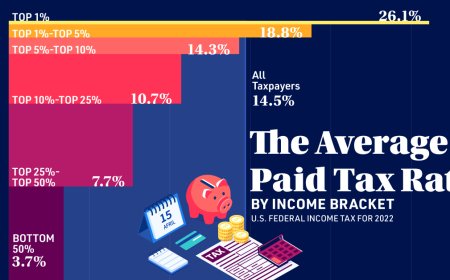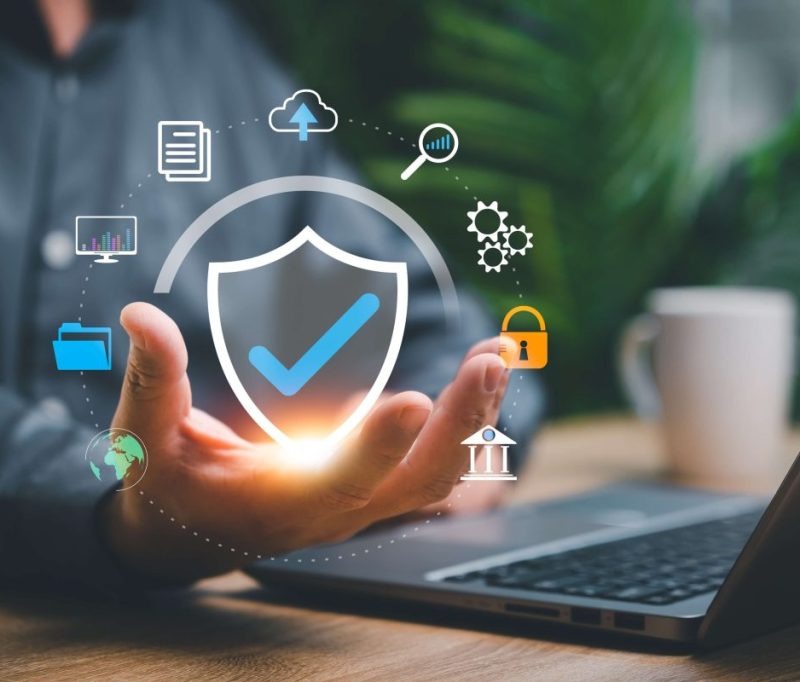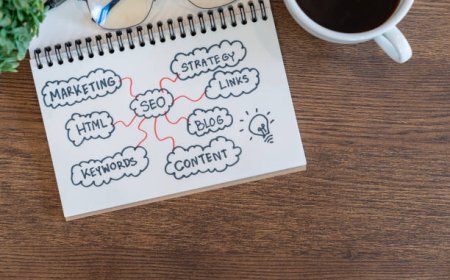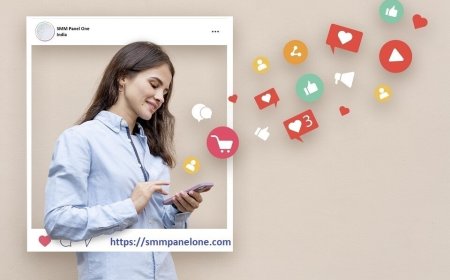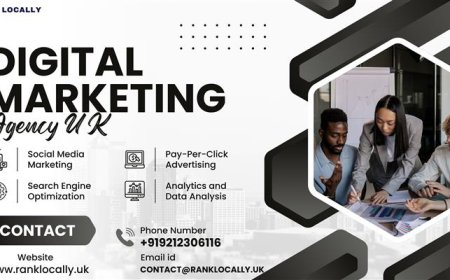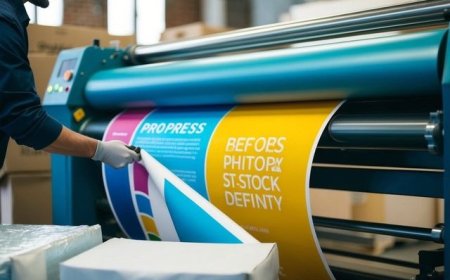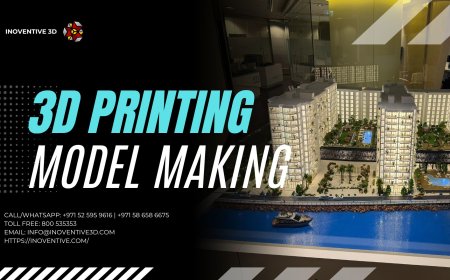The Significance of Logos in Brand Identity
In today's hyper-competitive business landscape, standing out from the crowd is essential for survival and success. One of the most powerful tools a brand possesses in this endeavor is its logo. A logo is much more than just a decorative symbolit is the face of the company, the first impression, and often the lasting image customers carry in their minds. Whether it's the swoosh of Nike, the apple of Apple, or the golden arches of McDonald's, logos play a pivotal role in shaping how people perceive a brand. The same principle applies across industriesfrom global corporations to small apparel startups like those offering the trendyFresh Love Hoodie.
In this article, well explore the critical significance of logos in establishing and maintaining brand identity, how they function psychologically and emotionally, and why investing in a strong logo design can be a game-changer for any business.
1. What Is a Logo?
A logo is a graphical representation or symbol that represents a company, product, or service. It is often a combination of text, images, symbols, and colors that encapsulate the core values and personality of a brand. Logos are used across various platformsproduct packaging, websites, social media, signage, and more. They serve as visual shorthand for the brand and help consumers instantly recognize and associate with it.
2. The Role of Logos in Brand Identity
Brand identity refers to the collection of all brand elements that a company creates to portray the right image to its consumer. A logo is one of the most critical components of this identity. Heres how it supports brand identity:
-
Recognition: A well-designed logo makes a brand easily identifiable, even among a sea of competitors.
-
Differentiation: It helps distinguish the brand from others in the same category or market.
-
Professionalism: A high-quality logo conveys a sense of legitimacy and professionalism.
-
Consistency: It provides a unified symbol to tie together all branding materials and marketing channels.
-
Loyalty: Over time, logos can help foster customer loyalty by becoming a familiar and trusted symbol.
3. The Psychology Behind Logos
Logos are not just seenthey are felt. The design elements of a logo influence the way people feel about a brand. Heres a breakdown of how psychology plays a role:
-
Color: Different colors evoke different emotions. For instance, blue conveys trust and stability, red signifies passion and energy, and green reflects growth and health.
-
Shape: Circular logos often evoke feelings of community and friendship, while angular logos may appear more aggressive or dynamic.
-
Typography: The choice of font can communicate whether a brand is playful, serious, luxurious, or accessible.
-
Simplicity: The simpler the design, the easier it is for consumers to remember. Simple logos also scale better across different media.
When a logo effectively taps into these psychological cues, it can deeply influence consumer behavior and perceptions.
4. First Impressions Matter
The first interaction a customer has with a brand is often through its logo. Studies show that it takes only milliseconds for people to form an impression. A strong logo ensures that this initial impression is a positive one.
Imagine visiting a website or seeing a product on a shelf for the first time. If the logo looks cheap, confusing, or outdated, a potential customer may assume the same about the brand itself. Conversely, a sleek and attractive logo suggests quality and care.
5. Building Trust Through Consistency
Consistency is a fundamental pillar of brand identity, and the logo is its anchor. When a logo is consistently used across all marketing and communication platformsbusiness cards, social media, ads, packaging, and customer serviceit builds trust with consumers.
Over time, repeated exposure to the same logo helps reinforce recognition and association. People begin to connect the visual identity of the logo with the experiences and emotions theyve had with the brand. Consistency also reflects reliabilityif a company presents itself in a uniform way, consumers are more likely to trust that it delivers a consistent product or service.
6. Logos as Storytellers
Great logos dont just represent a companythey tell a story. This story might relate to the brands origins, mission, or unique selling point.
For example:
-
FedEx has a hidden arrow in its logo, symbolizing speed and precision.
-
Amazons logo has an arrow going from A to Z, reflecting the companys wide range of products.
-
BMWs roundel reflects its aviation heritage.
When a logo captures an element of the brands story, it adds depth and meaning, making it more memorable and emotionally resonant.
7. Adapting Logos for the Modern World
As businesses evolve, so must their logos. A timeless logo is ideal, but even the most iconic designs sometimes require refinement to stay relevant.
Modern logo design trends emphasize simplicity and versatility. With the rise of digital platforms, logos must be scalable and adaptable for everything from app icons to billboards. Responsive logo designwhere logos adjust in size and detail depending on the platformhas become increasingly important.
However, rebranding must be handled with care. A complete overhaul can risk alienating loyal customers, while a thoughtful refresh can breathe new life into the brand.
8. Small Business and the Power of a Logo
Its not just global corporations that benefit from having a strong logo. For small businesses and startups, a well-designed logo is crucial in establishing credibility from the get-go.
When launching a business, especially in competitive markets like fashion, food delivery, or wellness products, the logo becomes the face of your new venture. It communicates who you are and what you stand foroften before youve had the chance to say a word.
Affordable design tools and freelance platforms now allow small business owners to access professional logo design without massive budgets. But regardless of size, the importance remains the same: your logo is your brands first ambassador.
9. When Logos Go Wrong
Not all logos are successful. Poorly designed logos can confuse customers, dilute brand messaging, or even attract ridicule. Common mistakes include:
-
Overcomplication: Too many elements can make a logo cluttered and hard to reproduce.
-
Lack of uniqueness: Copying trends or competitors can make a brand forgettable.
-
Poor scalability: A logo that looks good on a billboard may be illegible as a social media avatar.
-
Inconsistency: Using different versions of a logo across platforms damages credibility.
The cost of a bad logo isnt just aestheticit can hurt brand perception and customer trust.
10. The Long-Term Value of a Strong Logo
A logo is not a one-time investment. It becomes more valuable over time as the brand builds its reputation. Consider iconic logos like those of Coca-Cola, Google, or Mercedes-Benz. These symbols now carry decades of brand equity.
A powerful logo can become a stand-alone marketing tool. People wear logos on clothing, display them as stickers, and even get them tattooed. They represent more than productsthey represent identity, lifestyle, and values.
Conclusion
In a world where attention spans are short and competition is fierce, a logo serves as a visual handshake between a brand and its audience. It is a silent ambassador, a storyteller, and a mark of credibility. Whether you're launching a startup, revamping a small business, or scaling a global enterprise, your logo is one of your most powerful assets in building brand identity.
Invest in it wisely. Nurture it consistently. And most importantly, make sure it reflects the very heart of your brand.













